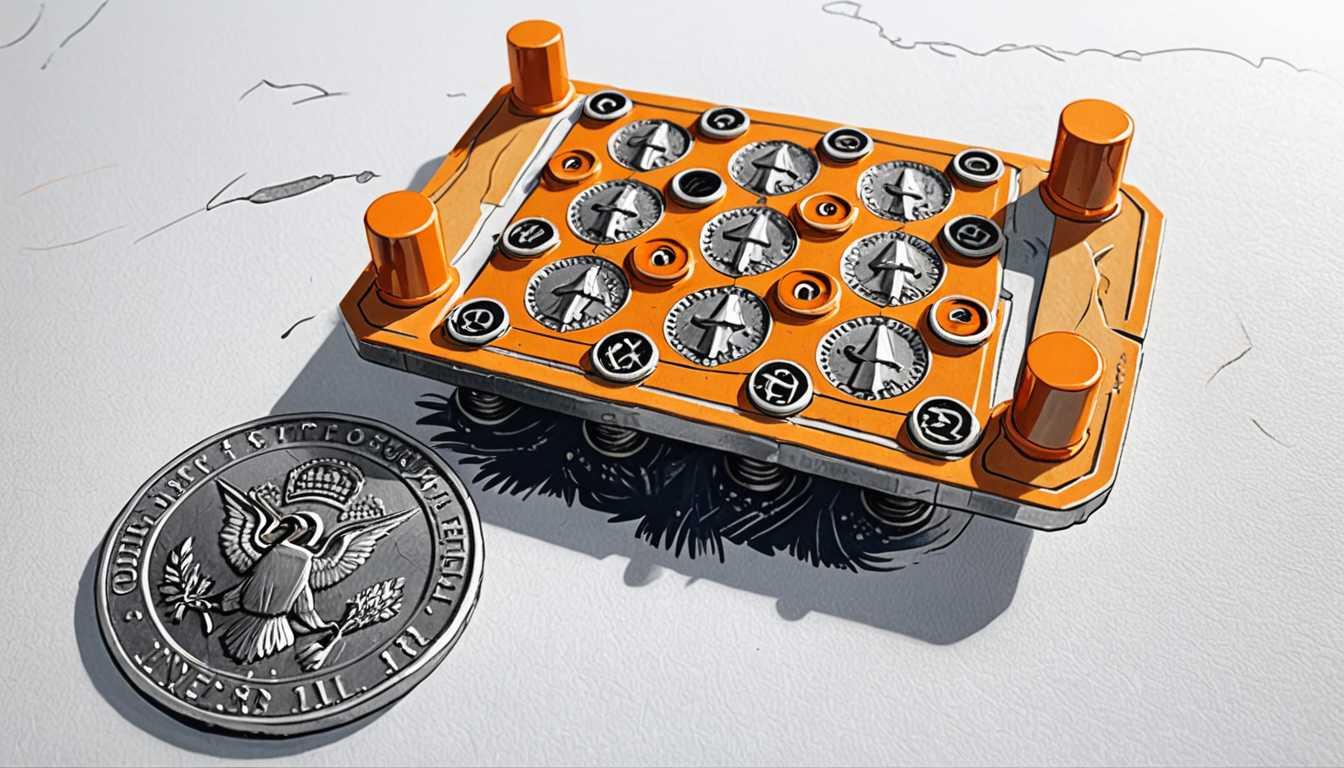Smart Driving: Road Safety Reimagined
December 2023
University of Cambridge
Introduction
Dive into the world of machine learning with researchers from the University of Cambridge who've teamed up with Jaguar Land Rover to revolutionize road safety! Their latest invention? An algorithm that measures a driver's 'workload'—think stress levels while navigating busy streets or chilling on a familiar route. This smart tech adapts in real-time, ensuring that cars only chat with drivers when it's safe, making distractions a thing of the past. It's all about keeping eyes on the road and hands on the wheel, with a dash of futuristic flair. Check out their findings in the IEEE Transactions on Intelligent Vehicles and gear up for a safer driving future!
READ FULL ARTICLEWhy It Matters
Discover how this topic shapes your world and future
Navigating the Future of Road Safety
Imagine you're driving in a completely new city, the roads are bustling, and your navigation system is constantly throwing directions at you. Now, think about how much easier and safer it would be if your car knew when you were too stressed to receive information and waited for the right moment to assist you. That's exactly what researchers are working on by using machine learning to monitor a driver's 'workload'. This breakthrough could revolutionize road safety by ensuring drivers get information when they're most capable of processing it, reducing distractions and potential accidents. It's not just about making driving safer; it's about making it more intuitive and responsive to our needs. For you, this could mean a future where driving is less about stress and more about enjoying the journey, knowing your car has your back.
Speak like a Scholar
Machine Learning
A type of artificial intelligence that allows computers to learn from and make decisions based on data.
Bayesian Filtering
A mathematical technique used to predict future events based on past occurrences, helping to make better decisions under uncertainty.
Workload
The amount of mental or physical effort being exerted. In driving, it refers to how much attention the driver needs to safely control the vehicle.
Adaptable Algorithm
A program that can change its rules and improve its performance by learning from new data.
Human-Machine Interaction
How humans and technology systems communicate and work together.
Peripheral Detection Task
A method used to measure how well someone can notice stimuli (like lights or sounds) that aren't in the center of their vision, often used to assess workload or attention.
Independent Research Ideas
The Impact of Music on Driver Workload and Safety
Investigate how different genres or tempos of music affect a driver's workload and overall road safety. This could reveal if certain types of music make driving safer or more dangerous.
Cultural Differences in Driver Workload Perception
Explore how drivers from different cultural backgrounds perceive and manage workload while driving. This study could uncover valuable insights for designing more universally intuitive in-vehicle systems.
The Role of Age in Adaptability to In-Vehicle Technologies
Examine how drivers of different age groups adapt to and benefit from in-vehicle systems designed to manage workload. This could help tailor technology to be more age-inclusive.
Comparing Traditional vs. AI-Assisted Driving Training
Analyze the effectiveness of traditional driving education against programs that use AI to adapt to the learner's workload capacity. This could revolutionize how we teach driving.
Evaluating the Environmental Impact of Reduced Driver Workload
Study how making driving less mentally taxing can lead to more fuel-efficient driving habits and lower emissions. This project could link road safety with environmental sustainability in unexpected ways.
Related Articles

Whispers Across the Ocean Floor
September 2023
Massachusetts Institute of Technology (MIT)

Building the Behemoth Camera
June 2019
Symmetry Magazine

3D Printing: The Future of Space Engines
February 2025
MIT News

Wi-Fi: Beyond Browsing to Watching?
February 2024
MIT Technology Review

Digital Twins: The Space Mission Game Changer
June 2024
MIT Technology Review